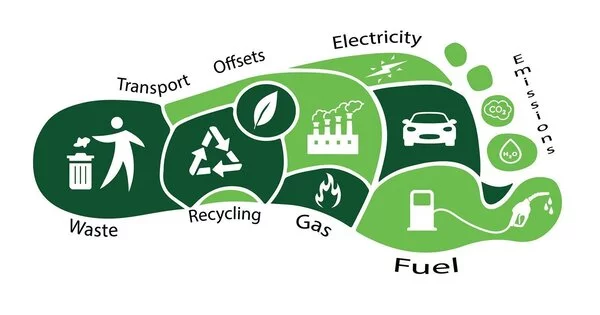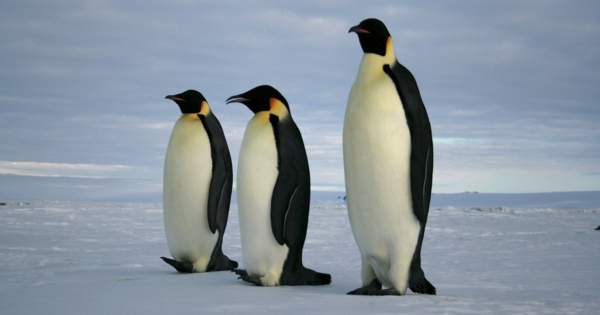The carbon footprint (also known as the greenhouse gas footprint) compares the overall quantity of greenhouse gases emitted by an activity, product, firm, or country. It is the total amount of greenhouse gases, predominantly carbon dioxide (CO2), as well as other emissions such as methane (CH4) and nitrous oxide (N2O), that are directly or indirectly connected with an individual, organization, event, or product over the course of its whole life cycle. This notion is used to assess the impact of human actions on climate change.
Carbon footprints are often reported in tons of emissions (CO2-equivalent) per unit of comparison, such as per year, person, kg protein, km driven, and so on. A product’s carbon footprint encompasses emissions during the whole life cycle, from production through the supply chain to final use and disposal. Similarly, an organization’s carbon footprint comprises both direct and indirect emissions (referred to as Scope 1, 2 and 3 in the Greenhouse Gas Protocol, which is used for carbon accounting of businesses).
There are several approaches and online tools available to assess the carbon footprint, depending on whether the focus is on a country, company, product, or individual person. For example, the carbon footprint of a product could help consumers decide which product to buy if they want to be climate aware.
Calculating a carbon footprint involves assessing these emissions, usually in terms of CO2 equivalents (CO2e), which accounts for the varying global warming potentials of different greenhouse gases. Once assessed, efforts can be made to reduce or offset these emissions through various means, such as energy efficiency improvements, renewable energy adoption, carbon offset projects, and changes in behavior.
In the context of climate change mitigation measures, the carbon footprint can assist in distinguishing between economic activities with a high and low footprint. In other words, the carbon footprint idea enables everyone to compare the climate-related impacts of individuals, products, businesses, and governments. It aids in the development of plans and priorities for lowering the carbon footprint.
Reducing one’s carbon footprint is a critical step in climate change mitigation because excessive greenhouse gas emissions into the atmosphere are a primary driver of global warming and its associated consequences, such as rising temperatures, more frequent and severe weather events, and sea-level rise. Many individuals, organizations, and governments are taking steps to lower their carbon footprints to combat climate change and work toward a more sustainable future.
















